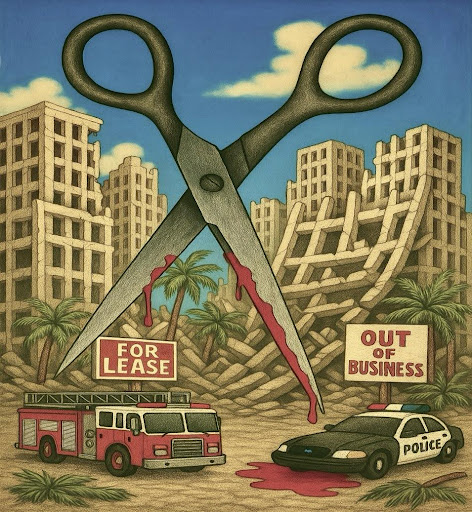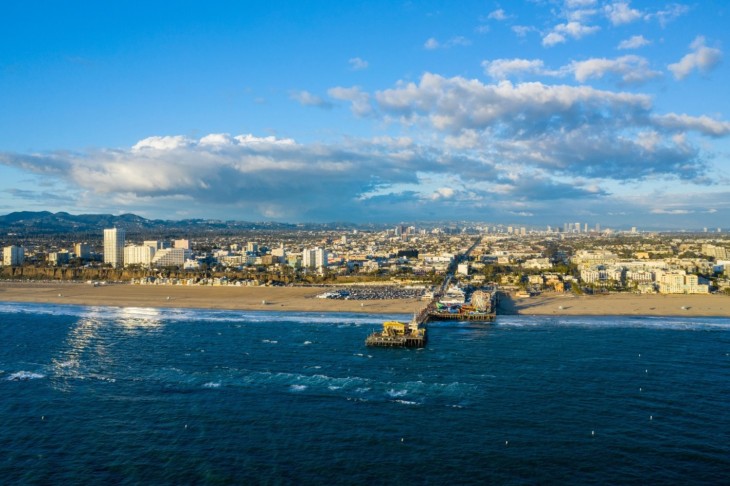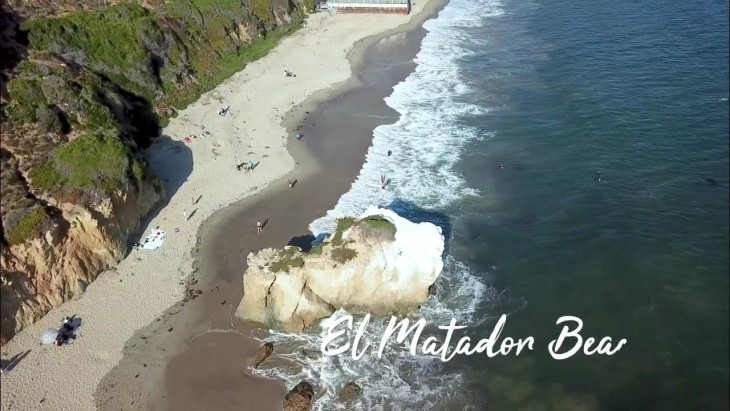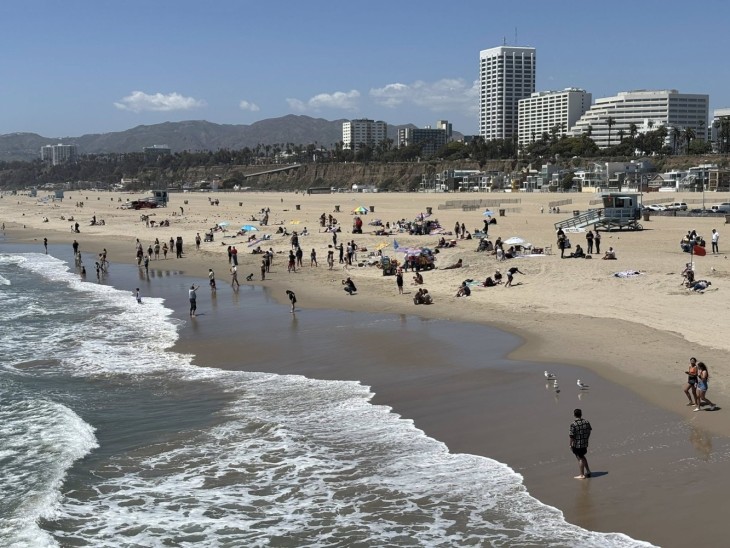By Tom Elias
Just because nature allows a delay of many
years while officials dither over a catastro-
phe in the making doesn’t make that disaster
any easier to handle when it finally strikes.
This is one major lesson of the Oroville
Dam spillway crisis that saw the sudden
evacuation of almost 200,000 persons from
their homes when the dam’s emergency
spillway crumbled under the force of mil-
lions of gallons of fast-moving water.
Warnings of precisely this sort of crisis at
Lake Oroville were submitted to the Feder-
al Energy Regulation Commission during a
2005 relicensing process, almost 12 years
before those predictions came true.
“A loss of crest control (which has now
occurred) could not only cause additional
damage to…lands and facilities, but also
cause damages and threaten lives…down-
stream,” environmental groups (Friends of
the River, the South Yuba River Citizens
League and the Sierra Club) cautioned, rec-
ommending relicensing of the dam only if
repairs were made.
Their claim drew scorn from officials of
the state Water Project, which runs the vin-
tage-1968 Oroville Dam. “Our facilities,
including the spillway, are safe during any
conceivable flood event,” said Raphael Torres,
then acting deputy director of the Water
Project. Plus, some of California’s most pow-
erful water districts, including the Metropolitan
Water District of Southern California, didn’t
want to fund a fix. They’ll have to pay now, as
much as $600 million, by some estimates.
FERC, loaded with power industry advo-
cates by then-President George W. Bush, dis-
dained the environmental groups, as it usually
does.
So the background of today’s crisis bears
warnings, both about preparation for likely fu-
ture natural disasters and about what can hap-
pen when industry advocates control powerful
federal agencies, now the case for several cab-
inet-level departments in the Trump adminis-
tration.
For California, alarm should be strongest
about earthquakes, and the related issue of le-
vees in the Delta of the Sacramento and San
Joaquin rivers. After the 1971 Sylmar Earth-
quake hit on a previously unknown fault and
destroyed a veterans hospital, among other
buildings, mapping of earthquake faults be-
came a high state priority.
Over the next 20 years, 534 maps of faults
and their possible damage were published.
But in the following 20 years, no new maps
appeared because of budget cuts, leaving the
project about 300 maps shy of where it needs to
be for all residents of known potential damage
areas to be properly warned.
Some areas have used the maps drawn be-
tween 1971 and 1991 to pinpoint buildings that
need retrofitting, with many projects complet-
ed.
But most of the other 300-odd known faults
have yet to be mapped.
At the same time, California still lacks a
signficant quake warning system, and probably
can’t complete one without the remaining maps
even if it suddenly became a priority. It’s tough
to warn people at risk in a major quake if you
don’t know what buildings they’re in.
This issue was no priority at all for Gov. Jer-
ry Brown through most of his current go’round
in office. Yes, Brown long supported an early
warning system that might give a minute’s no-
tice before shaking from a Big One hits urban
areas. But through most of his current tenure,
he proposed no state funding for this, saying
the money should come from private or federal
sources. It did not.
Brown shifted in last year’s state budget,
providing $10 million to create such a system,
now in the works from the U.S. Geological
Survey and academic researchers, who hope to
begin putting their system to limited use next
year.
The dithering put California behind other
quake-prone places like Japan and Taiwan.
Why is this important? The original legisla-
tive sponsor of the warning system, Democrat
Alex Padilla, now California secretary of state,
said in 2013 people need a system giving them
“critical seconds to take cover, assist loved
ones or pull safely to the side of the road.”
Even when that system comes online, much
more mapping will be needed. For the biggest
quakes of the last 40 years came in unexpected
places.
The upshot: California’s water system is not
the only area needing better preparation for
coming disasters. The problem, though, is the
same as it was at Oroville before this year’s
massive storms created a crisis: Until an urgent
problem occurs, few believe it ever will. Once
it happens, it may be too late to act.

























